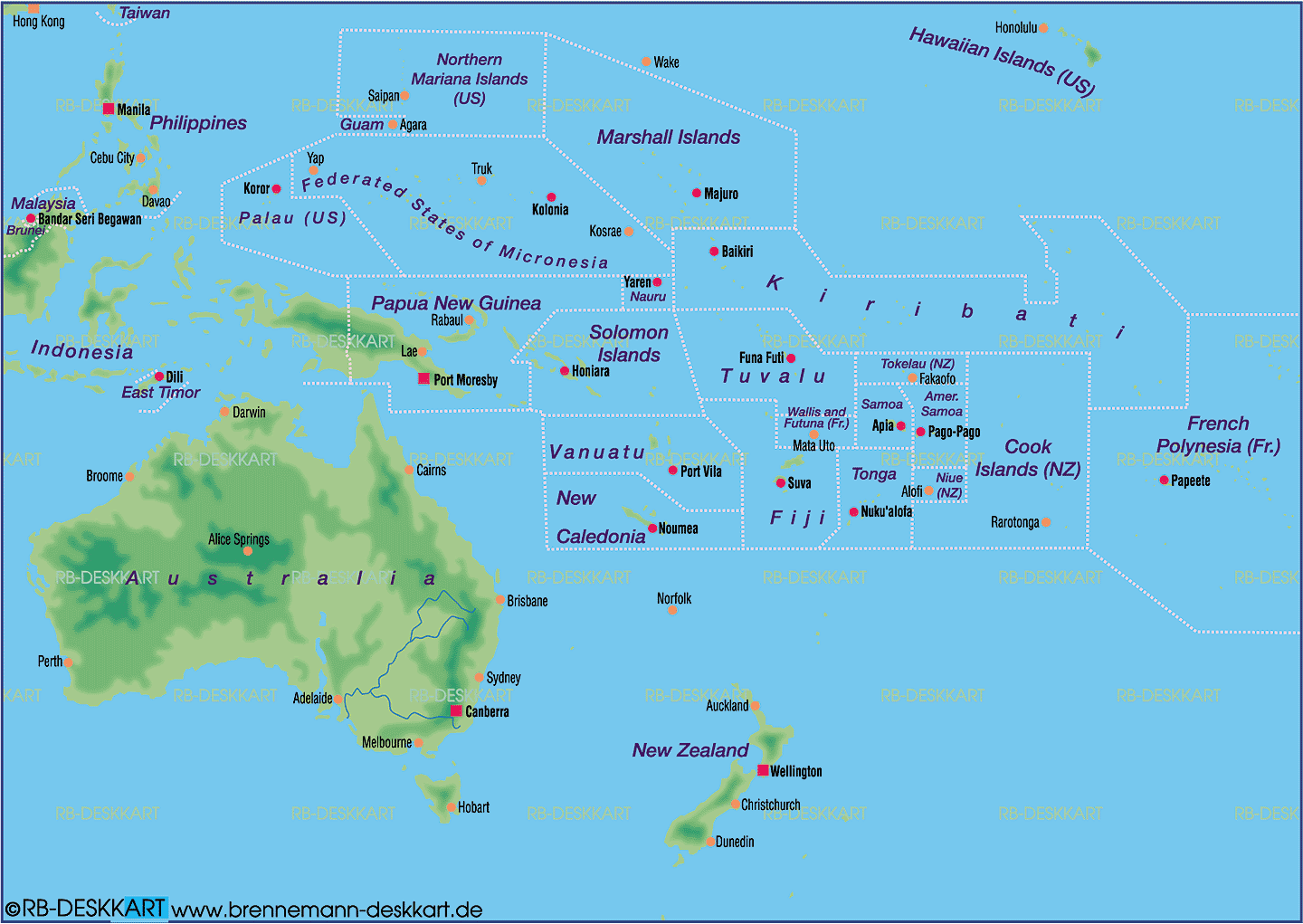Vanuatu is a Pacific Island Nation located in the South Pacific Ocean. The Archipelago, which consists of 83 different islands is of volcanic origin and is some 1,750 kilometres (1,090 mi) east of northern Australia. Vanuatu was first inhabited by Melanesian people. The first Europeans to visit the islands was a Spanish expedition led by Portuguese navigator Fernandes de Queiros, who arrived on the largest island in 1606. Queirós claimed the archipelago for Spain, as part of the colonial Spanish East Indies. He called the group of islands La Australia del Espiritu Santo or "The Southern Land of the Holy Spirit", believing he had arrived in Terra Australis or Australia.
French - English - Pidgin
In the 1800's, settlers from both France and England began in inhabit the islands. The jumbling of French and British interests in the islands brought petitions for one or another of the two powers to annexe the territory. In 1906, France and the United Kingdom agreed to administer the islands jointly. Called the British-French Condominium, it was a unique form of government. The separate governmental systems came together only in a joint court. Melanesians were barred from acquiring the citizenship of either power.
So even today the country is trilingual as their is a French and English school system. Many islanders will speak French, English and also Pidgin, the language adapted by many of the Melanesian Islands in the South Pacific.
Pidgin
Pidgin is a grammatically simplified means of communication that develops between two or more groups that do not have a language in common: typically, a mixture of simplified languages or a simplified primary language with other languages' elements included. Below are two photos I took to illustrate how Pidgin uses different languages and even different interpretations of words from different languages, very interesting.
Why Vanuatu ?
If you have been following my previous South Pacific blogs, you would realize that I have been traveling to many different islands, usually in search of the South Pacific’s most beautiful beach.
* My first trip had me traveling to the island of Ofu just off the coast of American Samoa - this on the advise of a retired Swedish Doctor I met on a plane flying back from New Zealand.
* My second trip (last November) was to Gizo in the northern region of the Solomon Islands - this on the advice of an Australian I met who was playing a harmonica at a restaurant/bar in America Samoa. I asked him the same question. He said the most beautiful beaches would be found near Gizo in the Solomon Islands.
Yes, my blogs did tell of the amazing beauty in these locations, but the focus always ended up on who I met, cultures I experienced and maybe a few challenges along the way. This trip to Vanuatu has a very different purpose. Yes I am looking for a South Pacific beach - but one that meant something important to someone else.
I was looking through a World War II scrapbook that belonged to Ed Gardiner, Kathy's father. It had very old black & white pictures and some small text of his time in the navy fighting in Europe and at the end in the Pacific. Below is a note in his own hand writing of a place/beach he experienced in 1945. He was soon to head out towards Japan, to help end the war against the Japanese.
And now I am headed to Vanuatu - to find this beach/coconut grove somewhere on the island of Espiritu Santo. Hopefully his photo will provide me with enough details to get me there.




